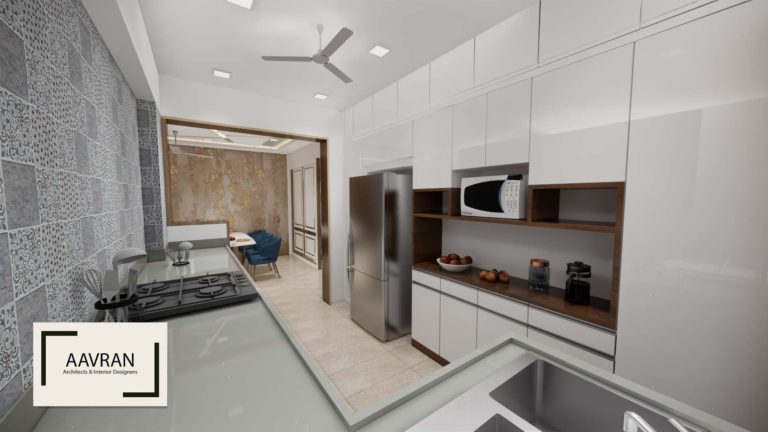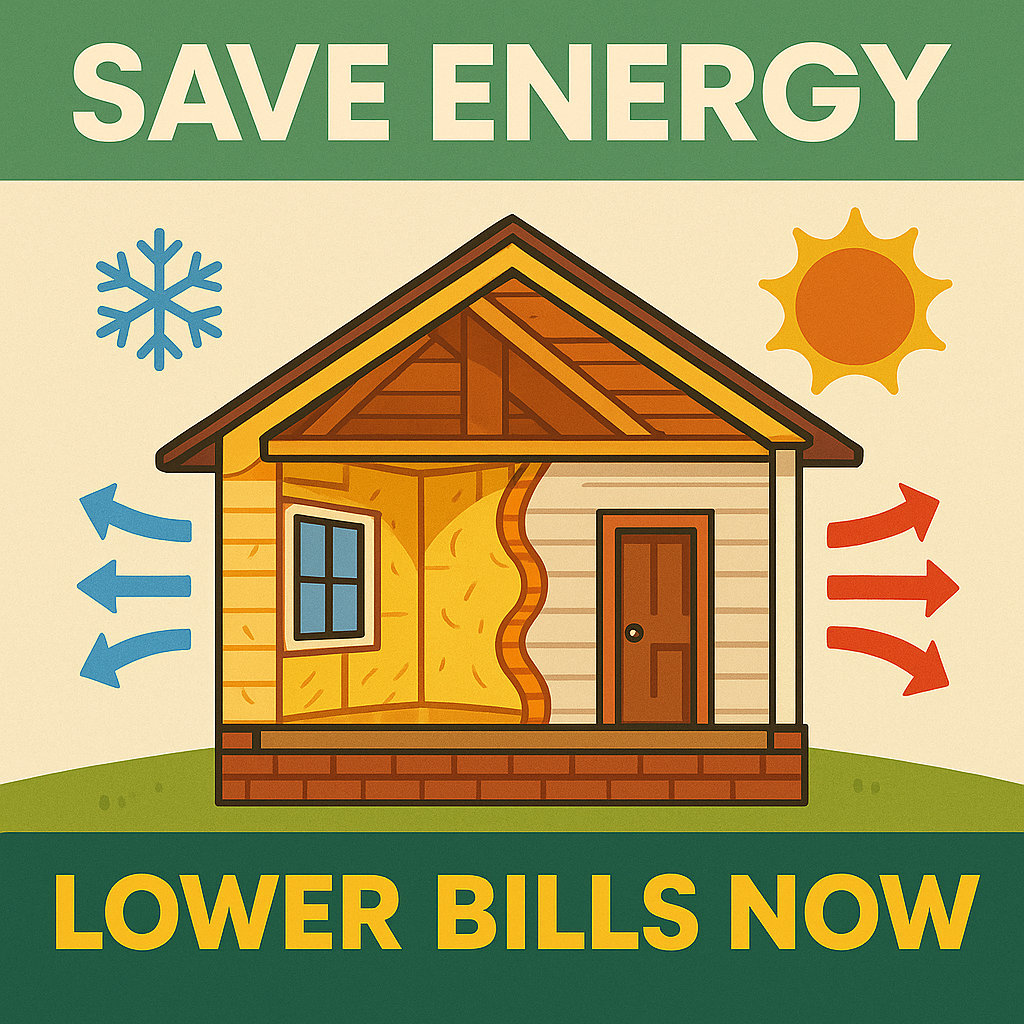
Table of Contents
House hunting sounds exciting—until it isn’t. One moment you’re browsing listings, the next you’re knee-deep in confusing paperwork, real estate jargon, and pressure from agents. That “dream home” can turn into a money trap if you don’t watch your step. The good news? Most of the common pitfalls are avoidable.
Whether you’re exploring San Miguel de Allende homes for sale or zeroing in on quiet, upscale areas like Balcones, San Miguel de Allende, knowing what to do—and what to avoid—makes all the difference.
This guide breaks down the dos and don’ts that every smart buyer should follow. Keep reading. Your future self (and your bank account) will thank you.
Dos for Successful House Hunting

1. Make a List of Must-Haves and Deal Breakers
Don’t start scrolling listings just yet.
Before you even step foot in a showing, sit down and write two lists. One for the must-haves. The non-negotiables. Things like:
- A third bedroom for the baby on the way
- A quiet street far from traffic
- Covered parking
- A backyard for the dog
And then there are the dealbreakers. No natural light? Too many stairs? Bad internet connection in the area? Be honest about what you’re not willing to compromise on.
This simple step saves hours of wasted time—and helps you focus only on homes that truly fit your life.
2. Research Neighborhoods Thoroughly
Found a house that looks perfect? Great. Now check the surroundings.
- How’s the commute?
- Are the schools good?
- What’s the noise level like at night?
- Are there new developments nearby?
Don’t just trust the agent’s pitch or the real estate app summary. Google the address. Look at the street view. Search for council plans. Even better—visit at different times of day and week.
Remember: You can renovate a house. You can’t renovate the neighborhood.
3. Bring a Checklist to Every Inspection
No matter how sharp you think your memory is, details get fuzzy. Especially after the third or fourth open house of the day.
That’s why you bring a checklist.
What should be on it? Things like:
- Signs of water damage
- Storage space (real space—not just decorative baskets)
- Lighting—natural and artificial
- Cracks in the walls or ceiling
- Door and window function
- Street noise when windows are open
A checklist keeps you focused. It separates the real potential from the emotional distractions.
4. Get a Professional Building and Pest Inspection
Some defects are obvious. Others are hiding where you’ll never look.
Foundation issues. Termites. Mold behind freshly painted walls. Outdated wiring. These can cost tens of thousands to fix, and most of them don’t show up during a standard walk-through.
A licensed inspector spots the things you won’t. Yes, it’s another upfront cost. But think of it like insurance: you’re paying to avoid a much bigger surprise later.
5. Ask Direct Questions
A home might look great on paper. But the story behind it? That’s where the truth is.
Don’t be shy. Ask:
- Why is the seller moving?
- How long has it been on the market?
- Any previous offers fallen through—and why?
- What’s been renovated, and was it done with permits?
- Are there any known issues with plumbing, roofing, or neighbors?
Sellers and agents aren’t required to tell you everything upfront. But if you ask the right questions, you’ll uncover details that photos and property descriptions leave out.
The Don’ts of House Hunting
6. Don’t House Hunt Without a Budget
No budget? Big problem.
Without a clear financial range, you’re likely to waste time, fall in love with homes you can’t afford, or overspend when emotions kick in. Pre-approval helps, but so does knowing your personal comfort zone. Just because a bank approves you for a higher amount doesn’t mean you should stretch that far.
Factor in a safety buffer. Remember, unexpected repairs or rising interest rates can change the game quickly. A realistic budget keeps you grounded—and gives you room to breathe after you buy.
7. Don’t Let Emotions Cloud Your Judgment
It’s easy to get swept up in the “vibe” of a house. Maybe it reminds you of your childhood home. Or maybe it just feels right.
But feelings alone don’t pay for roof repairs.
Every home has a story, but don’t ignore the facts. If a house looks amazing but comes with major red flags—poor drainage, weird smells, structural cracks—take a step back. Let logic take the wheel.
Smart Buyers Look Beyond the Surface

1. Don’t Ignore the Bigger Picture
The house itself might check every box. But what about the surroundings?
A quiet cul-de-sac today might turn into a construction zone tomorrow. Check local zoning plans. Ask about future developments. Look at satellite views.
Also, consider your lifestyle. Is there public transport nearby? Are you too far from groceries, schools, or work? These things matter more than you think—especially after the novelty of the new home wears off.
A beautiful home in the wrong place? Still the wrong home.
2. Don’t Be Pressured by Agents or Other Buyers
There’s a fine line between moving quickly and being pushed too hard.
Agents may say there’s another offer. Or that the seller is “motivated.” But remember—urgency can be a tactic. Stay calm. Take your time to double-check everything. Ask for breathing room if you need it.
No deal is worth rushing into blind. A good property will stand up to scrutiny—and if it doesn’t, walk away. There will always be other homes. Better ones.
3. Don’t Forget About Future Resale Value
Even if it feels like your forever home, life changes.
You might need to sell in five or ten years. That’s why resale matters. Look for features with broad appeal—natural light, sensible layouts, and good location.
Avoid quirky layouts or hard-to-insure homes. Because a house that’s hard to sell can trap you when you least expect it.
4. Don’t Rely on Online Listings Alone
Online photos are marketing tools. They’re designed to make every room look bigger, brighter, and more inviting.
But what don’t you see? The smell from the nearby factory? The neighbor’s barking dog? The steep driveway?
Only an in-person visit tells the whole story. And more than one visit is better—at different times of day, on different days of the week.
5. Don’t Overlook Ongoing Costs
It’s not just the purchase price. It’s what comes after.
Council taxes, utility bills, renovations, regular maintenance, landscaping, appliance replacements. These add up faster than most new buyers realize.
And if you’re buying in a gated community or strata building? Add monthly fees on top. Know the full cost of living before you make a decision.
Make Your Move with Confidence
House hunting can feel overwhelming. So many options. So many opinions. And let’s be honest—plenty of pressure.
But here’s the truth: success comes from preparation, not luck. When you stick to the dos, you stay grounded. Focused. Protected. When you avoid the don’ts, you sidestep the common traps that derail even seasoned buyers.
Ask questions. Stay curious. Take your time. And when the right home checks all the boxes? You’ll know.
Because buying a home isn’t just a big decision. It’s a smart one—when done right.
Also Read: Why Off-Plan Homes Are a Smart Choice for First-Time Buyers






























